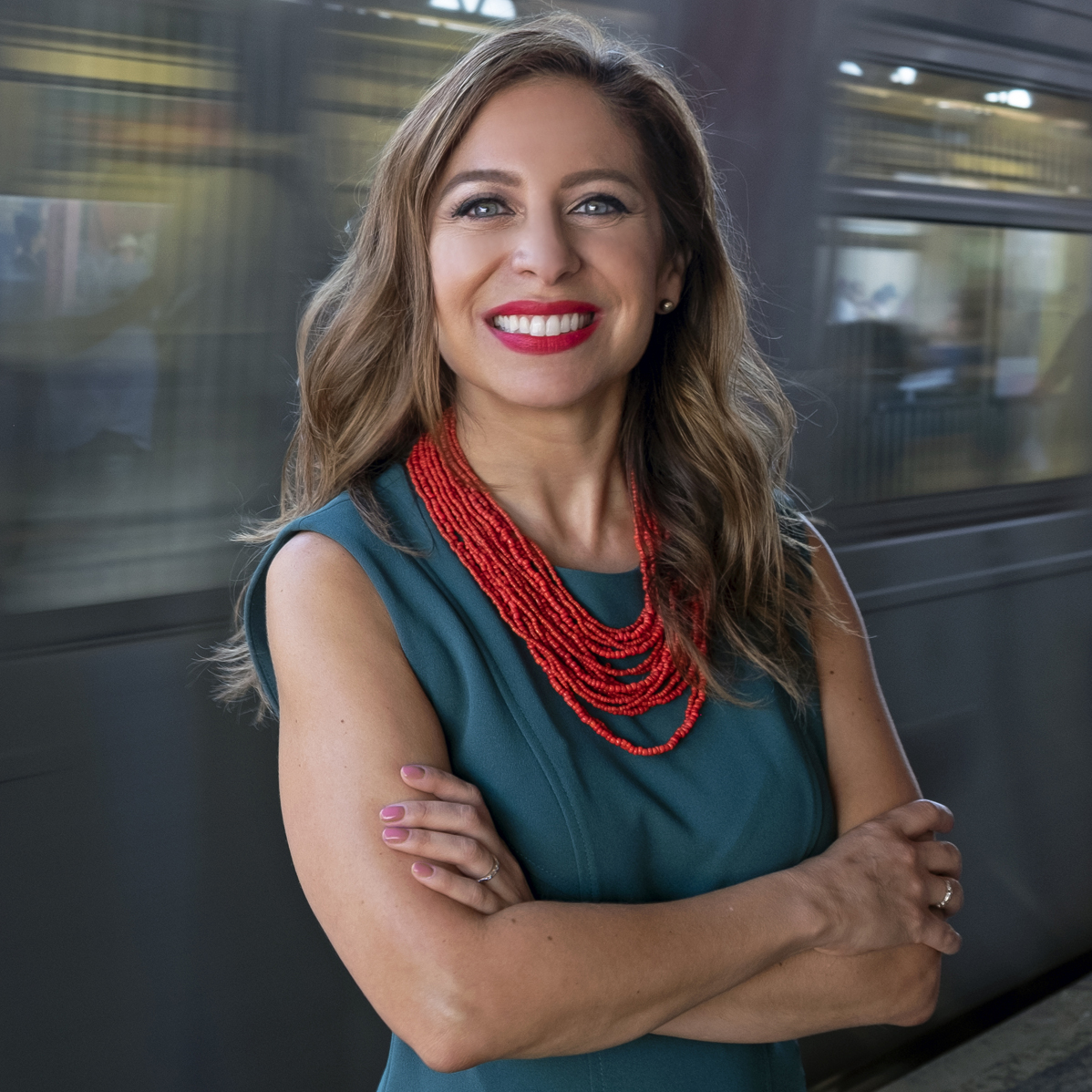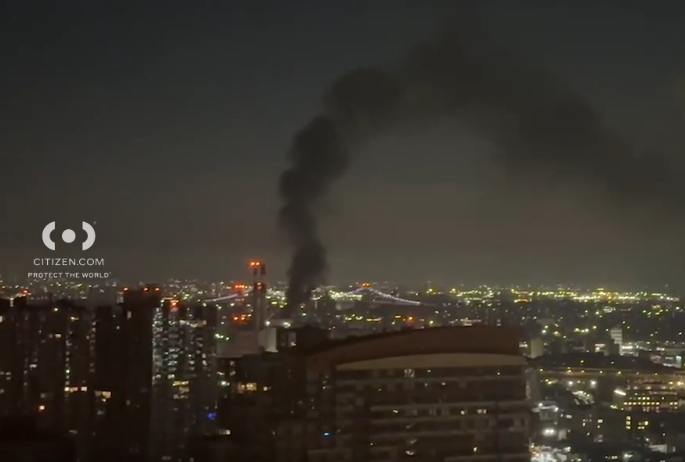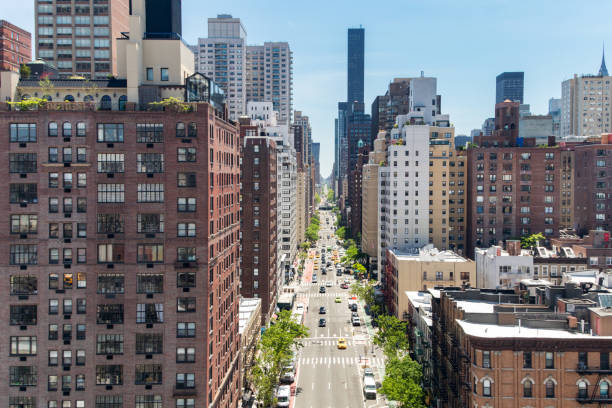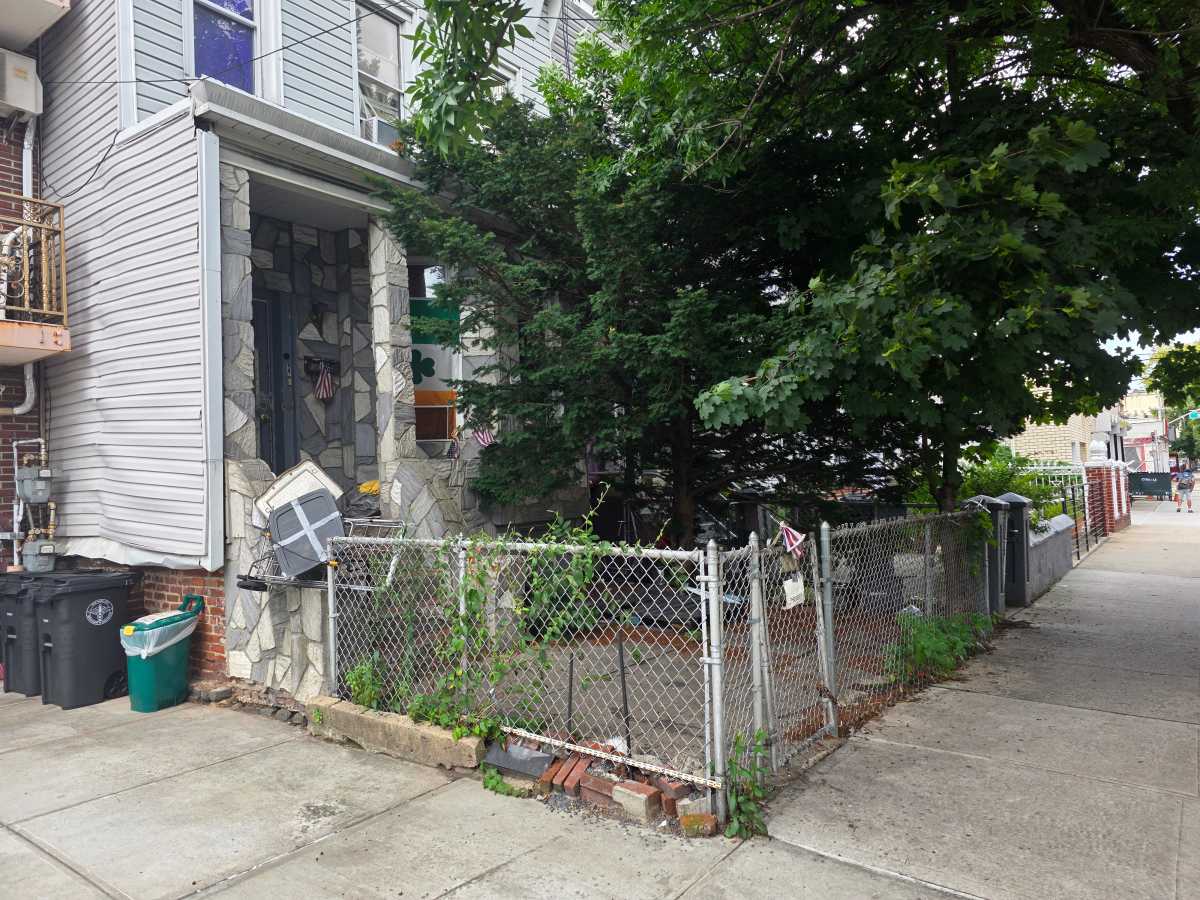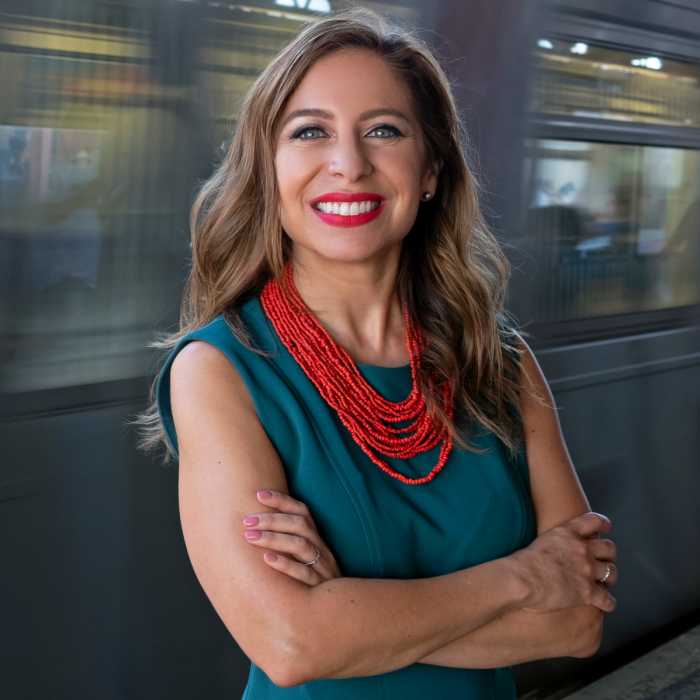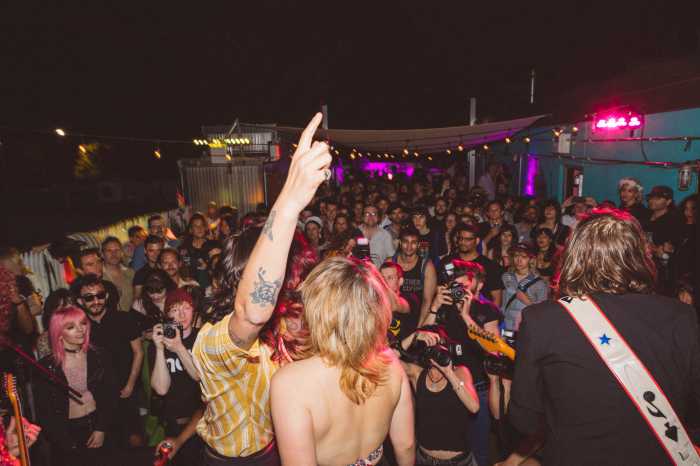Rebecca Moore
I don’t really feel qualified to give a progress report about the Lower East Side. I have come to realize that at any rate, I have a very different idea of what “progress” is from many of the people and real estate developers that are further encroaching upon this neighborhood. Perhaps a different idea of progress from the many people running New York City. I had to really sit and think about the nature of progress; the word itself.
I guess I could walk around and report to you on some things that are there in front of me that must feel like progress to some: the antique-style street lamps on Orchard St. that the BID installed; the fact that some yuppie guy reported joyfully he could now get a cab right on his doorstep thanks to the fact that we are being turned into a tourist district; I guess I could report that lots of people say they feel safer in the neighborhood now that all the crowds are coming down here to party and open bar after bar.
But in the last year alone, things went into kind of a more extreme phase of overdrive below Houston St. and many of us are still trying to navigate what these changes, positive or negative, will mean for the community.
There are very real reasons many of us do not feel “safer” down here now despite the fancy lampposts and late-night tourist throngs. The packs of incredibly drunk people might have something to do with it. Or it could be the signs in the windows of virtually every business we see down here warning of pickpockets, purse snatchers and laptop thiefs. Or maybe it is the few very public, very much-reported deaths and murders in the neighborhood — from the young soul who was killed as he tried to leave Mission club (a club that has a list of incidents on its rap sheet that makes its continued existence seem pretty astonishing); to the young actress murdered on Rivington St.; to another young man stabbed under my window in broad daylight while revelers continued to flock to clubs and bars as he lay bleeding to death; the two girls who died from heroin overdoses after hanging out at at a bar on Ludlow St.; or the man who was stabbed and killed outside of Teany, only to have people step over him as he lay on the sidewalk (thinking he was just a drunk vagrant?) to go inside to get their breakfast “Teanychinos.” I don’t know: They say crime is down but I don’t remember hearing a list as dramatic as this in my first 10 years down here.
I could report on how Orchard St. — once the most unbelievably charming, quiet and quaint street of family-owned fabric shops that brimmed with history and made me feel as if I had magically entered another era every time I walked down it — has been gutted on both sides for two huge luxury high-rises so ridiculously out of scale that they will blot out the sun and, surely, forever cause the tiny pencil-thin street to be clogged with traffic jams down past Delancey, because such a tiny block could not possibly accommodate the traffic spurred by such huge structures. While the construction is going on, I know the few remaining businesses on that block are really struggling; three have just closed down.
I could report on how many of us can’t sleep down here anymore because of this bar/nightlife explosion (liquor-licensed establishments below Houston St. doubled since 2003, according to Zagats) and that when we can’t sleep at 3 a.m. these newly arrived clubgoers give us the finger and yell at us to “move to the suburbs.”
To keep this from truly being an exercise in cultivating a soul full of sludge, maybe I can at least write of some personal progress below Houston St. and that will lead me somewhere into positive territory:
O.K. — after years of personal (mental and physical) survival struggles of my own, I found the nerve, and got over the insecurity and fear, to start looking for neighbors and survivors who were still here, who still had some fight left in them and some energy, and started helping to organize us all into a new and vocal group. I had never felt qualified before to do anything but show up at rallies or sign petitions. It seemed the really outspoken leadership roles were best filled by people who understood all the mechanisms of politics and gentrification and weren’t drained by being a tortured artist. But this last year, something in me broke and I felt I had to make the leap. In a way, ignorance can be bliss when it comes to taking on this sort of thing.
It has been a real challenge. Not only was I coming into neighborhood organizing at a stage when many people felt it was too late — that too much damage has been done and forces too huge are, at this point, at work — but I had to face the emotional baggage of many shattered and exhausted people who had fought many battles already, with victories that were totally significant but so very hard won. Tolls had already been taken.
I formed L.O.C.O. (The Ludlow-Orchard Community Organization) for the simple reason of creating more communication for L.E.S. residents about what was going on. It started simply as one person going out and posting fliers on as many blocks and doorways as I could. Pretty soon it was an e-mail list of several hundred people. L.O.C.O. then joined together with a coalition of block associations and community groups and tenant organizations to throw a town hall meeting on bar proliferation on Nov. 1, 2005, at the Angel Orensanz Foundation Center. More than 300 people came out, and this in turn sparked a larger, growing dialogue about what is going on that is continuing in the press. By throwing this event, the coalition greatly helped intensify the spotlight on an issue that many residents had been told to give up on because there was “nothing that could be done about the problem.”
We are intent on continuing forward as a group with this work, and being heard. I hope the coalition will also ultimately deal with other issues that affect our neighborhood, like zoning. It has been inspiring reading of how the Greenwich Village Society for Historic Preservation has been taking on its zoning challenges and protecting their neighborhood, and seeing how they are sharing that work and knowledge with us here. We have reason to hope that there is much we could protect about our neighborhood’s unique, low-scale fabric, despite all the rampant development being put into motion right now. I have appreciated attending some of the Community Board 3 Zoning Task Force meetings, and getting information on zoning via the work of other community groups. Through the very energetic e-mails sent out from L.O.C.O., we have then tried to disseminate information and get a whole new group of people, many perhaps not previously active on this sort of issue, to understand in plain language how zoning affects them; the idea being that we pass on what we learn ourselves as we go along.
It isn’t easy getting a group like this, and then a coalition, together. The Lower East Side, filled with all its diversity of people of all ages, all creeds, can still be very compartmentalized, even though we are all thrown into the same soup every day out on the street. Also, people in this community are being overwhelmed from all sides, as there is much history and community in danger of being lost from the neighborhood as the development goes forward full throttle. There are also plenty of new people moving into the neighborhood who are moving here because of the development going on, who don’t really have an interest in protecting the history, or who don’t have any real understanding of what good things are being lost from the neighborhood in the pursuit by some to remodel it as a wealthier district.
As a musician, I will be the first to admit there is a big part of me that would rather hide in a room and make music with my headphones on, hibernating, than be out venturing into a store or building I have never been in to try to talk to people and see how they feel about neighborhood issues. But I want to know what still connects us down here; what makes a community rather than just a neighborhood, especially in the face of these intense changes. It is incredible to me that even in the midst of this zone being radically transformed into a high-class hotel/nightlife extravaganza, with a growth spurt going on that just in the last five years seems fueled by an energy that is almost vengeful, so many residents do still continue to have the energy to rise up, in true Lower East Side style. So — at this stage, it seemed important to start trying to create a larger coalition to bring together all the various block associations and community groups and tenant organizations — as many as we can connect with — that are all fighting these struggles already individually, on their own streets. The hope is to try taking all that energy that is in small packages and create one huge force to take on the overall issues and be more of a force. The town hall felt like a marvelous beginning, a real grassroots event, and I hope the coalition keeps going.
Moore is founder of L.O.C.O. (The Ludlow-Orchard Community Organization)
















